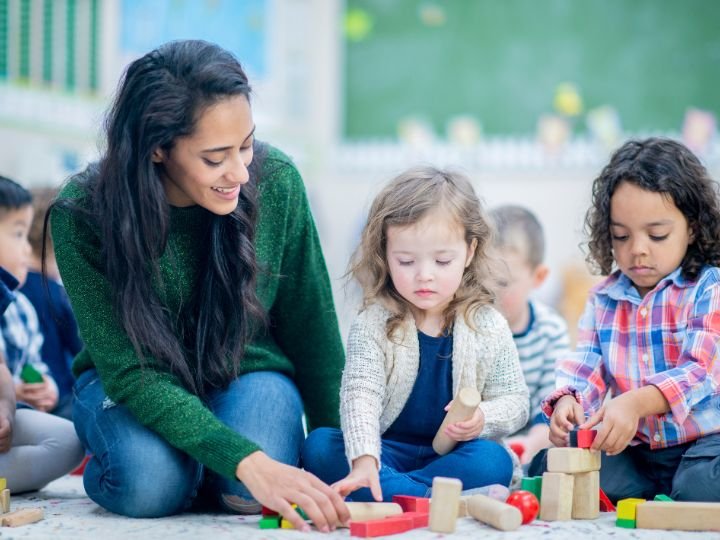Strong coordination and movement skills are essential for every child’s growth and development. These abilities influence how children play, learn, and participate in everyday activities—from catching a ball to writing or tying shoelaces. For many, mastering these skills takes time, practice, and a focus on motor planning, which is the brain’s ability to organise and carry out physical actions in the correct sequence.
Improving coordination doesn’t have to feel like hard work. With the proper techniques and engaging activities, children can naturally develop these skills while having fun.
1. Encourage Play That Involves Movement
Play is one of the best ways for children to strengthen their coordination. Activities like climbing, skipping, or balancing on one foot help children develop body awareness and control. Outdoor games such as hopscotch, tag, or jumping rope also boost both gross and fine motor skills.
Parents can create obstacle courses at home using simple items, such as chairs, cushions, or hula hoops, to encourage planning, sequencing, and problem-solving skills. These fun challenges promote coordination while supporting cognitive development.
2. Practise Crossing the Midline
“Crossing the midline” means moving one side of the body across the middle to the other side, such as when reaching across to grab an object. This skill is vital for coordination and efficient motor planning.
Simple exercises, such as touching the opposite knee with your hand, drawing large figure eights in the air, or playing catch across the body, can help children strengthen these connections. As this skill improves, tasks such as writing, cutting, or dressing become significantly easier.
3. Develop Fine Motor Skills Through Everyday Tasks
Fine motor skills involve the use of smaller muscles in the hands and fingers. Activities like buttoning clothes, using pegs, or threading beads are great for improving dexterity and control.
Arts and crafts can also make practice enjoyable—cutting, colouring, or sculpting with clay helps refine precision while keeping kids engaged. These small hand movements play a significant role in building independence and confidence in daily routines.
4. Build Core Strength for Better Balance
A strong core supports balance, coordination, and posture. Core strength helps children maintain stability when sitting, standing, or engaging in physical activities. Exercises like crawling, planking, or playing on a therapy ball are excellent for building this foundation.
Encouraging activities such as swimming, yoga, or even dancing can also strengthen core muscles while keeping movement fun and creative.
5. Combine Movement with Music
Music-based activities, such as dancing or rhythm games, are fantastic for enhancing coordination. Songs with actions—such as clapping, marching, or spinning—help children synchronize movement with sound, improving their timing and rhythm.
This combination of music and movement also supports emotional regulation, making it a joyful way for children to express themselves while developing motor skills.
Final Thought
Developing coordination and movement skills is a journey that combines physical practice with fun and creativity. By using engaging, age-appropriate activities, children can enhance their balance, timing, and body awareness in a fun way. Focusing on skills like motor planning early on helps set the stage for success in school, sports, and everyday life. With patience and consistency, every child can gain the confidence and coordination they need to thrive.







